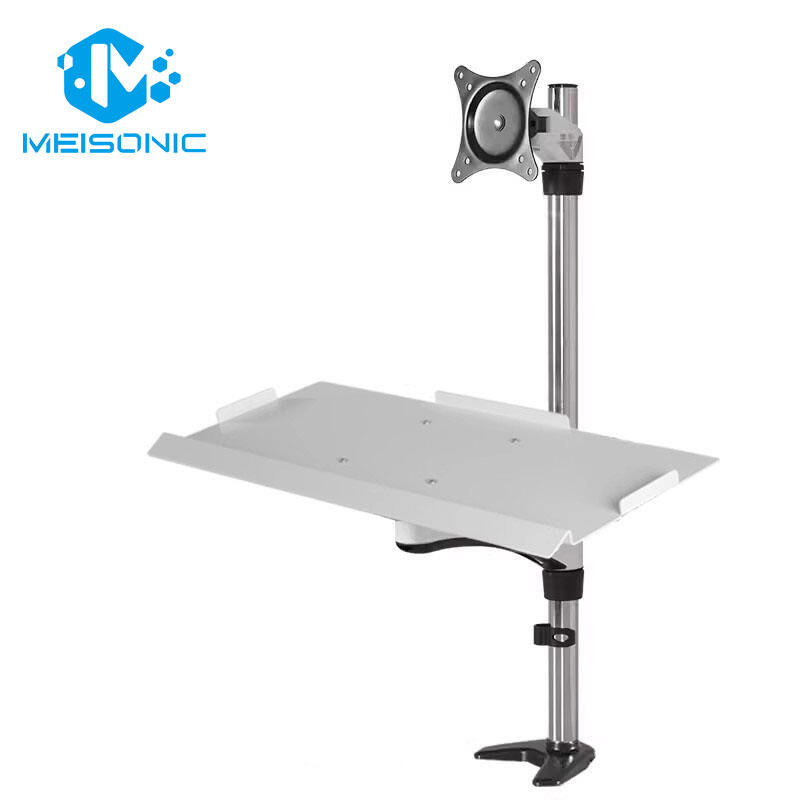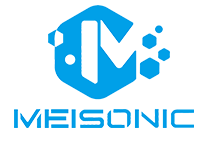Modern electronics manufacturing and development require precision, efficiency, and optimal workspace organization. An electronic workbench serves as the foundation for countless engineering projects, from prototyping circuit boards to troubleshooting complex systems. The evolution of technology has transformed these workspaces from simple tables into sophisticated command centers that demand careful consideration of ergonomics, space utilization, and equipment positioning. Whether you're designing the next breakthrough in consumer electronics or maintaining critical industrial systems, the configuration of your electronic workbench directly impacts productivity, accuracy, and long-term success.
Essential Components of a Professional Electronic Workbench Setup
Power Distribution and Safety Systems
A well-designed electronic workbench begins with robust power distribution that meets the demands of modern test equipment and development tools. Professional installations require multiple isolated power outlets, surge protection, and ground fault circuit interrupters to protect sensitive electronics. The power infrastructure should accommodate variable DC supplies, oscilloscopes, signal generators, and soldering equipment without creating interference or safety hazards. Proper electrical grounding becomes critical when working with static-sensitive components, making dedicated ESD protection systems an integral part of the workbench design.
Beyond basic power distribution, advanced electronic workbench configurations incorporate programmable power supplies with remote monitoring capabilities. These systems allow engineers to simulate various operating conditions while maintaining precise control over voltage and current parameters. The integration of uninterruptible power supplies ensures that critical measurements and calibration procedures remain unaffected by power fluctuations, preserving data integrity and preventing equipment damage during extended testing sessions.
Precision Measurement and Testing Equipment
The measurement capabilities of an electronic workbench determine its effectiveness in both development and production environments. High-resolution digital multimeters, network analyzers, and spectrum analyzers form the core of diagnostic capabilities, while specialized tools like LCR meters and impedance analyzers address specific testing requirements. The physical arrangement of these instruments requires careful planning to minimize signal interference and ensure accurate readings across all frequency ranges.
Modern electronic workbench installations increasingly rely on computer-controlled instrumentation that enables automated testing sequences and data logging. Software-defined instruments connected through USB, Ethernet, or GPIB interfaces allow engineers to create repeatable test procedures while maintaining detailed records of component performance. This integration transforms the traditional workbench into a comprehensive measurement laboratory capable of handling complex validation protocols required in contemporary electronics development.

Ergonomic Design Principles for Extended Work Sessions
Display Positioning and Visual Comfort
The positioning of monitors and displays within an electronic workbench environment significantly affects both productivity and operator comfort during extended work sessions. Proper monitor height, viewing distance, and angle adjustment prevent neck strain and eye fatigue that commonly affect engineers spending long hours analyzing waveforms, schematics, and measurement data. The integration of adjustable monitor mounting systems allows operators to optimize their viewing position based on specific tasks and individual ergonomic requirements.
Multiple display configurations have become standard in professional electronic workbench setups, enabling simultaneous monitoring of test parameters, design software, and documentation. The arrangement of these displays requires careful consideration of focal distances and visual flow to minimize head movement and maintain concentration. Anti-glare coatings and proper ambient lighting control further enhance visual comfort while reducing the eye strain associated with detailed electronic work.
Workspace Layout and Accessibility
Effective electronic workbench design prioritizes accessibility to frequently used tools and components while maintaining an organized workspace that promotes efficiency. The placement of soldering stations, component storage, and test equipment should follow logical workflow patterns that minimize unnecessary movement and reduce the risk of contaminating sensitive work areas. Adjustable work surfaces accommodate different task requirements, from fine-pitch component placement to larger assembly operations.
Storage solutions integrated into the electronic workbench design provide immediate access to components, tools, and documentation while maintaining cleanliness and organization. Modular storage systems allow customization based on project requirements and can be reconfigured as needs evolve. The integration of cable management systems prevents workspace clutter while ensuring reliable connections between instruments and test fixtures.
Advanced Integration Technologies for Modern Electronics Work
Computer-Aided Design and Simulation Integration
Contemporary electronic workbench configurations seamlessly integrate computer-aided design tools with physical testing capabilities, creating a unified development environment. High-performance workstations running advanced simulation software enable real-time comparison between theoretical predictions and measured results, accelerating the design iteration process. The integration of design databases with automated test equipment allows for direct correlation between component specifications and actual performance characteristics.
Cloud-based collaboration tools integrated into the electronic workbench environment enable distributed development teams to share design data, test results, and troubleshooting information in real-time. This connectivity transforms individual workbenches into nodes within larger engineering networks, facilitating knowledge sharing and reducing development time. Version control systems ensure that design modifications and test procedures remain synchronized across multiple development locations.
Automated Testing and Quality Assurance
Modern electronic workbench installations incorporate automated testing capabilities that enhance both accuracy and throughput in production environments. Robotic test fixtures and programmable switching matrices enable comprehensive component and system validation without manual intervention. These systems execute complex test sequences with repeatability that exceeds manual testing capabilities while maintaining detailed documentation of all measurements and results.
Statistical process control integration within automated electronic workbench systems provides real-time monitoring of production quality trends and early detection of process variations. Machine learning algorithms analyze test data patterns to predict potential failure modes and optimize testing parameters for maximum efficiency. This integration transforms reactive quality control into predictive quality assurance that prevents defects before they occur in production units.
Safety Protocols and Environmental Considerations
Electrostatic Discharge Protection
Electrostatic discharge protection forms a critical component of any professional electronic workbench, particularly when working with sensitive semiconductor devices and precision analog circuits. Comprehensive ESD control systems include conductive work surfaces, wrist straps, heel grounders, and ionizing air systems that maintain safe electrostatic conditions throughout the workspace. Regular monitoring of ESD protection effectiveness ensures continued safety and prevents costly component damage during handling and assembly operations.
Advanced ESD monitoring systems integrated into electronic workbench designs provide continuous verification of grounding integrity and real-time alerts when protection systems require attention. These systems maintain detailed logs of ESD events and operator compliance, supporting quality assurance programs and regulatory compliance requirements. The integration of automated ESD testing into production workflows ensures that protection protocols remain effective as processes evolve and expand.
Chemical Handling and Ventilation
Electronic workbench environments often require the use of chemicals for cleaning, flux removal, and surface preparation that demand proper ventilation and containment systems. Local exhaust ventilation positioned at soldering stations and chemical handling areas prevents operator exposure to harmful vapors while maintaining air quality throughout the workspace. The design of ventilation systems must balance contaminant removal with temperature and humidity control requirements for sensitive electronic components.
Chemical storage and handling protocols integrated into electronic workbench design ensure safe access to necessary materials while preventing cross-contamination and environmental hazards. Automated dispensing systems for common solvents and cleaning agents reduce handling risks while maintaining precise control over material usage. Spill containment and emergency response systems provide additional protection against accidental chemical releases that could damage equipment or pose safety risks.
Future Trends in Electronic Workbench Technology
Artificial Intelligence and Machine Learning Integration
The integration of artificial intelligence into electronic workbench systems represents a significant advancement in diagnostic capabilities and process optimization. Machine learning algorithms analyze measurement data, component behavior, and failure patterns to provide predictive maintenance recommendations and automated troubleshooting assistance. These systems learn from historical data to improve diagnostic accuracy and reduce the time required to identify and resolve complex technical issues.
AI-powered electronic workbench systems can automatically adjust test parameters based on component characteristics and environmental conditions, optimizing measurement accuracy while reducing setup time. Natural language processing capabilities enable voice-controlled operation of test equipment and automated generation of technical documentation based on test results and observations. This integration transforms traditional manual processes into intelligent, adaptive systems that enhance both productivity and accuracy.
Augmented Reality and Virtual Collaboration
Augmented reality technologies integrated into electronic workbench environments provide real-time overlay of schematic information, component identification, and assembly instructions directly onto physical hardware. These systems eliminate the need to reference separate documentation while performing complex assembly or troubleshooting tasks. Virtual collaboration capabilities enable remote experts to provide guidance and support through shared augmented reality experiences that bridge geographical distances.
The evolution of virtual reality training systems allows engineers to practice complex procedures and explore electronic workbench configurations before physical implementation. These immersive environments provide risk-free learning opportunities while reducing training costs and equipment wear. The integration of haptic feedback systems adds tactile realism to virtual training experiences, enhancing skill development and retention for critical electronic assembly and testing procedures.
FAQ
What are the minimum space requirements for setting up a professional electronic workbench
A professional electronic workbench typically requires a minimum of 6 feet by 4 feet of workspace to accommodate essential equipment, storage, and operator movement. However, optimal configurations benefit from 8 feet by 6 feet or larger spaces that allow for proper equipment spacing, ventilation clearances, and ergonomic positioning. The specific space requirements depend on the types of projects, equipment size, and safety clearances required for the particular application.
How do I ensure proper ESD protection throughout my electronic workbench setup
Comprehensive ESD protection requires a combination of conductive work surfaces, proper grounding systems, wrist straps, and environmental controls. All conductive surfaces must be connected to a verified ground system, and operators should use properly tested wrist straps or heel grounders when handling sensitive components. Regular testing of ESD protection systems using specialized meters ensures continued effectiveness and compliance with industry standards such as ANSI/ESD S20.20.
What type of lighting is most suitable for detailed electronic work
Electronic workbench lighting should provide uniform illumination of 1000-2000 lux at the work surface using full-spectrum LED sources with high color rendering index ratings. Adjustable task lighting with articulating arms allows precise positioning for detailed work, while ambient lighting prevents harsh shadows and eye strain. Anti-glare positioning and proper diffusion eliminate reflections from component surfaces and instrument displays that can interfere with accurate visual inspection.
How can I integrate multiple test instruments efficiently within limited bench space
Efficient integration of multiple instruments requires careful planning of signal routing, power distribution, and physical arrangement to minimize interference and maximize accessibility. Stackable instrument cases, adjustable shelving systems, and rotating platforms optimize space utilization while maintaining easy access to controls and connections. Computer-controlled instruments with remote interfaces can be positioned away from the immediate work area while maintaining full functionality through software control panels.
Table of Contents
- Essential Components of a Professional Electronic Workbench Setup
- Ergonomic Design Principles for Extended Work Sessions
- Advanced Integration Technologies for Modern Electronics Work
- Safety Protocols and Environmental Considerations
- Future Trends in Electronic Workbench Technology
-
FAQ
- What are the minimum space requirements for setting up a professional electronic workbench
- How do I ensure proper ESD protection throughout my electronic workbench setup
- What type of lighting is most suitable for detailed electronic work
- How can I integrate multiple test instruments efficiently within limited bench space





